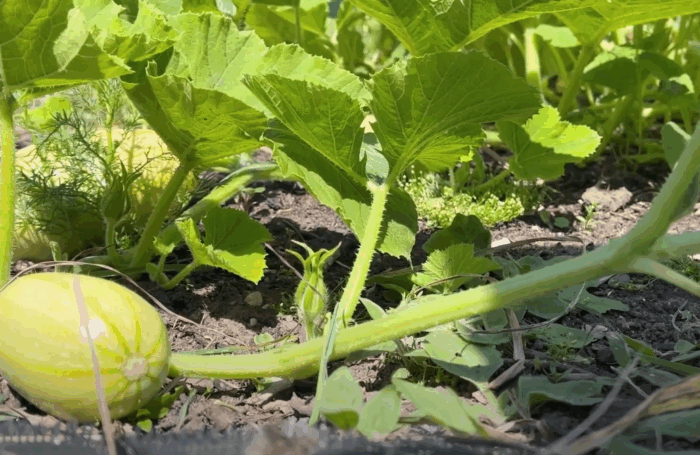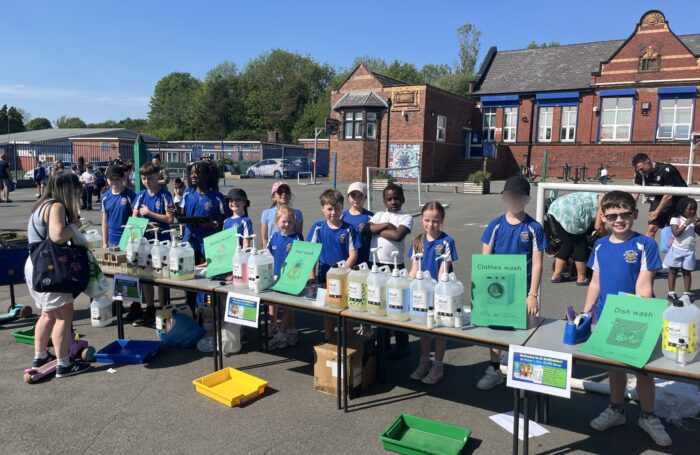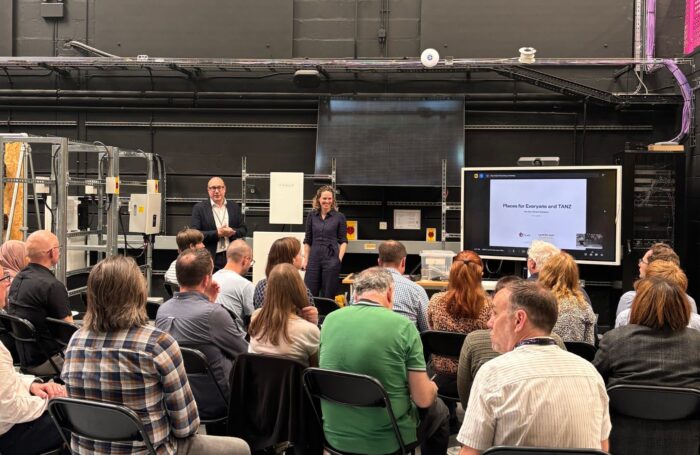Engaging communities on nature-based solutions: five lessons from the IGNITION project
Over the last three years, the IGNITION project has explored how implementing urban nature-based solutions can help Greater Manchester adapt to the increasing impacts of climate change. Our multi-partner project has worked with a wide range of audiences to help better understand the roles we can all play in making things happen, from local authorities and policy makers to businesses and investors.
But throughout all aspects of the project, the importance of engaging communities has been crystal clear. The citizens who will actually live alongside nature-based solutions – things like green roofs, living walls, street trees, rain gardens and other green spaces – can offer unparalleled local insight and support, as well as being long-term custodians for their local environment.
With IGNITION coming to a close in the Spring, what have we learnt about the opportunities and challenges of communicating climate adaptation and nature-based solutions to a citizen audience to create meaningful and inclusive engagement?
Clear language is vital when talking about nature
Like any sector, the natural environment comes with its own technical vocabulary. Be it ‘nature-based solutions’, ‘green or blue infrastructure’ or ‘SuDs’, we often lean on jargon and acronyms that can create a barrier to effective communication, particularly for community audiences and businesses looking to collaborate on projects.
Lack of familiarity with sector language shouldn’t be confused with a lack of understanding. When running workshops, we found that participants more often than not understood the concepts well and could explain them in their own meaningful way, but often drew a blank when bombarded with specialist language. Creating spaces for people to explain nature-based solutions in their own words has been vital in developing inclusive communications.
We need to remember to further explain and clarify, breaking things down into tangible and relevant ideas. Moving beyond words can help here – supplementing communications with visuals or activities that tap into existing knowledge and experiences of nature, like infographics or photography that bring concepts to life.
Directly involving local communities in the development of solutions
Co-production is essential to creating community ownership, leaving them feeling invested in their neighbourhood nature-based solutions. But all too often this falls down the priorities list, either under resourced or entirely shelved. This can leave citizens who are initially engaged left out later on, when following up would have proven valuable.
Citizens are intrinsically linked to their own spaces, local parks and buildings, so it’s essential to communicate how their actions on a local level feed into larger plans and impact region-wide climate change mitigation so that they feel part of a larger movement. Local context can make global issues feel urgent and relevant to community groups.
In 2021, IGNITION partner Groundwork ran a competition to support four community groups in Greater Manchester to develop an Eco-Street, with each group receiving £6,000 worth of funding to make it happen. Over 200 expressions of interest were received, evidence that there is a huge passion for greener streets across Greater Manchester.
Take time to build truly representative community relationships
Meaningful relationships will lead to meaningful engagement, ensuring the longevity of any greening project. The RHS, City of Trees and Groundwork established strong community groups that have been continuously engaged throughout the three-year period of the IGNITION project.
Significant time needs to be dedicated to getting this right. For example, City of Trees are leading on a Green BME sounding board to ensure that engagement on actions in Greater Manchester better reflects its varied communities.
Inequality of access to green spaces is also something to remember. We need to meet people where they are – in terms of location, knowledge, motivation – to create positive outcomes and drive diverse legacy.
Seeing is believing
Physically interacting with nature-based solutions helps unlock learning about the topic via practical and tangible experiences. At the start of the IGNITION project, financial concepts were at the early stages and collating research had just begun. It was difficult to engage communities at this stage, with little clarity over what the eventual offer would be and no location for physically engaging in green space.
The Living Lab at the University of Salford has filled this gap for IGNITION, and will have hosted 600 visitors by project end. It has allowed people to watch a rain garden in action, use thermal imaging cameras to visualise temperature differences between living walls and bare brick, feel the wellbeing qualities of the space by emerging themselves in greenery and interacting with the vegetation. This has been hugely beneficial, deepening engagement and giving us a unique offering. In short, it has helped bring the project to life.
We also found that drawing attention to local examples of high quality urban green infrastructure often evoked a sense of local pride, like with the living wall at Deansgate interchange. Living walls capture people’s imagination, acting as an emblem of a “futuristic green city”.
Recognise the power people have to unlock community potential
Above all else, always keeping the citizen audience involved when developing nature-based solutions is vital. It’s important to raise awareness of the sort of opportunities stakeholders can create to support action in their local community. Citizens are passionate about their local greenspaces, something that was been reflected in findings from our citizen research:
- 82% of respondents want to see more greenspaces where they live
- 91% of respondents want to see more greenspaces where they work
- 98% of respondents want to see more greenspaces in Manchester City Centre
Finding ways to support action in local communities should sit at the heart of project engagement to push things forward locally. Doing lots of this throughout a project can be really beneficial, creating outcomes greater than the sum of their parts.
The steps outlined above can unlock community potential and help green projects thrive. How can you become a better community enabler? Sign up to attend our final dissemination event on 30th March 2022 for more lessons from our project and to learn about the tools, resources and recommendations IGNITION has to offer: www.ignitionproject.org.



